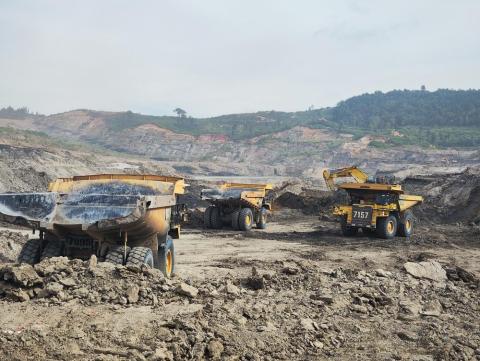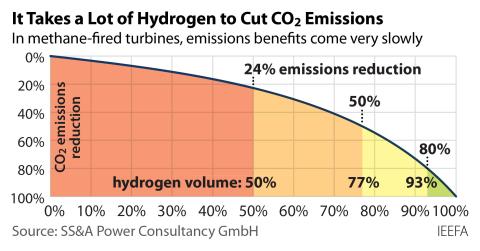With CEO’s Abrupt Departure, FirstEnergy Gets a Second Chance
It’s the end of a troubled era for FirstEnergy Corp. with the sudden departure of CEO Tony Alexander, who presided over years of poor financial performance and bad policy decisions at one of the biggest electricity companies in the U.S.
The good news is that Alexander’s departure—couched by FirstEnergy as a “retirement” at age 62, two years before he was scheduled to go—gives the company an opening to pursue a more sensible and modern path forward.
Under Alexander’s reign, FirstEnergy doubled down on coal-fire power generation at exactly the wrong time. That happened in 2010 when FirstEnergy merged with Allegheny Energy, a company that was 78 percent dependent on coal. The deal increased FirstEnergy’s asset value by more than 30 percent but also put FirstEnergy at tremendous risk for being so coal dependent. Those risks materialized almost immediately—low natural gas prices and greater market penetration of renewable energy and energy-efficiency programs drove wholesale electricity prices to record lows, dealing FirstEnergy’s coal-fired power plant earnings a deep blow. As a result, FirstEnergy’s financial performance lagged far behind its peers, even as Alexander made the Forbes 500 list of best-paid CEOs with a compensation package estimated in 2012 at $43 million over five years.
It’s not overstating it to say Alexander’s missteps were epic. First came the failure to diversify away from coal. Then came a cynical strategy by which the company aimed to get taxpayers and customers to bail the company out. These efforts, detailed in our October 2014 report on FirstEnergy, included organized political opposition to the development of renewables and overt campaigning against popular energy-efficiency programs. That FirstEnergy bailout scheme under Alexander ultimately sought to put ratepayers on the hook for FirstEnergy’s money-losing power plants. It is a scheme that unfortunately is alive and well: today, for example, FirstEnergy customers are awaiting a ruling from the Public Utilities Commission of Ohio on whether the company will be allowed to set up a long-term contract through which customers will pay above-market prices for electricity from FirstEnergy’s Sammis coal plant and Davis-Besse nuclear plant.
FirstEnergy’s backward-looking, coal-focused strategy hasn’t worked for shareholders either. The company cut its dividend in 2014, its stock price is down by more than half since 2008 and is roughly where it was when Alexander took over 10 years (while the S&P 500 Index, by comparison, had more than doubled), and the company is saddled with huge debt.
Yet FirstEnergy’s change at the top gives the company a shot at a turnaround. It’s worrying, to be sure, that the company’s board has named an insider—Charles Jones, the former director of regulated utilities—to succeed Alexander, rather than looking for inspired leadership from outside the company, and that Alexander will remain on the board.
But Jones isn’t Alexander, which means he might choose to change the direction of FirstEnergy in ways that would benefit both the company and its customers. Those changes could include embracing the technology revolution in energy and joining industry leaders like NRG Energy in adapting new business models that profit from the increasing proliferation of energy efficiency and renewable energy in the wholesale electricity market.
In 2014, Alexander bemoaned the problems facing the electricity industry in a Wall Street Journal article in which he described how, to his mind, the previous 10 years had been a “lost decade” for the industry. Of course it was a lost decade especially for the company he ran.
The decade ahead need not be a repeat of what has happened since 2004 to First Energy. The company—and its shareholders and customers—would be best served by taking the road Alexander so stubbornly dismissed.
Cathy Kunkel is an IEEFA fellow.












